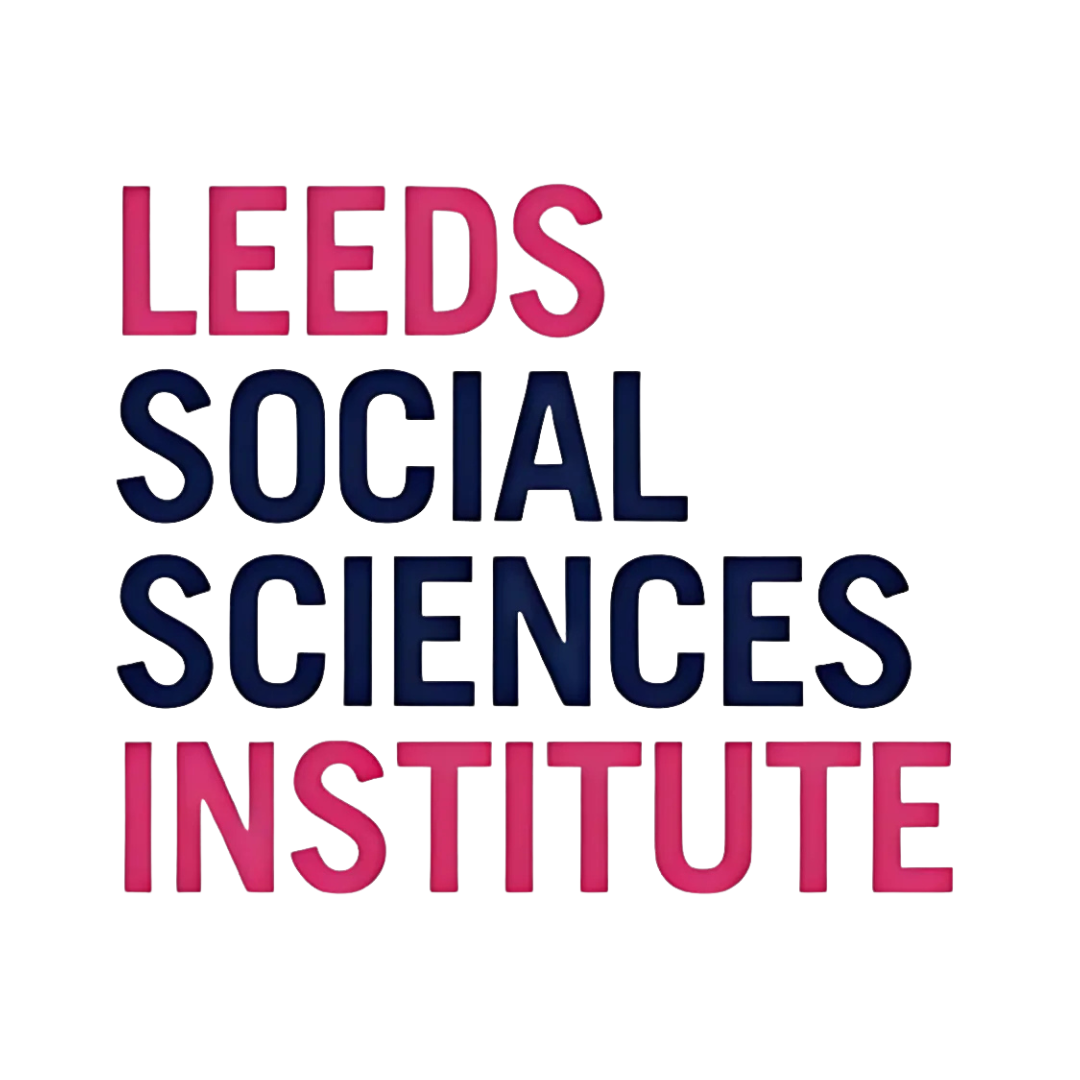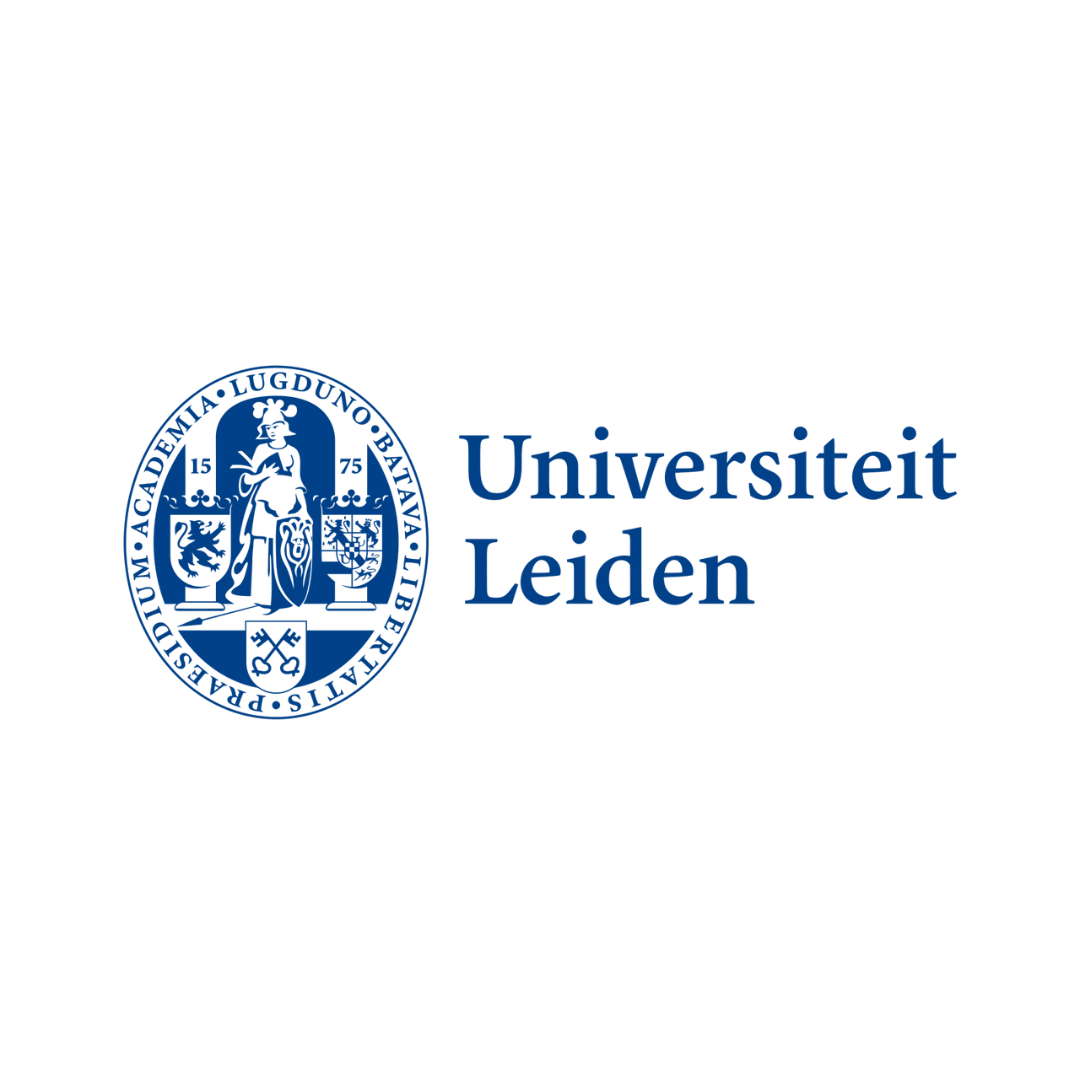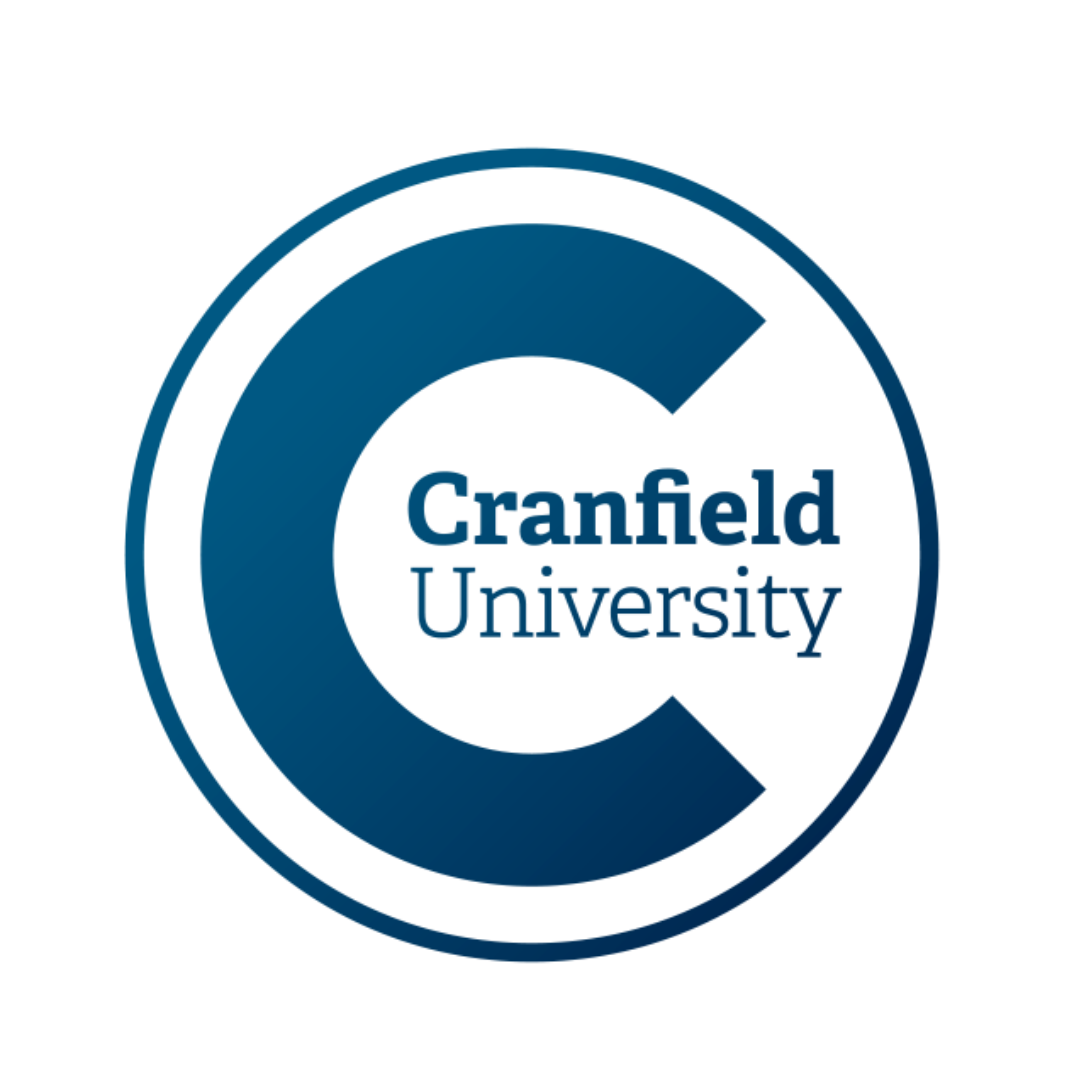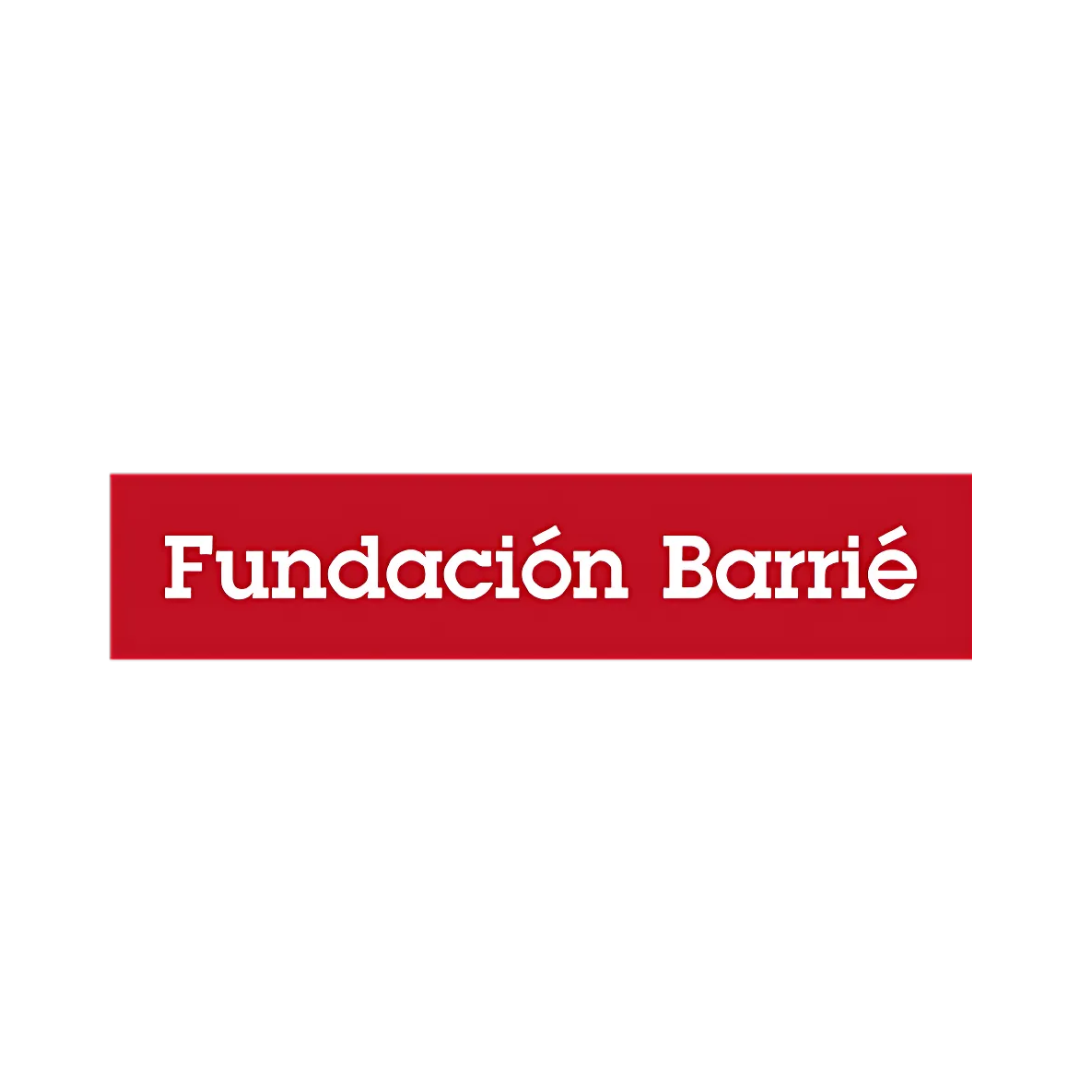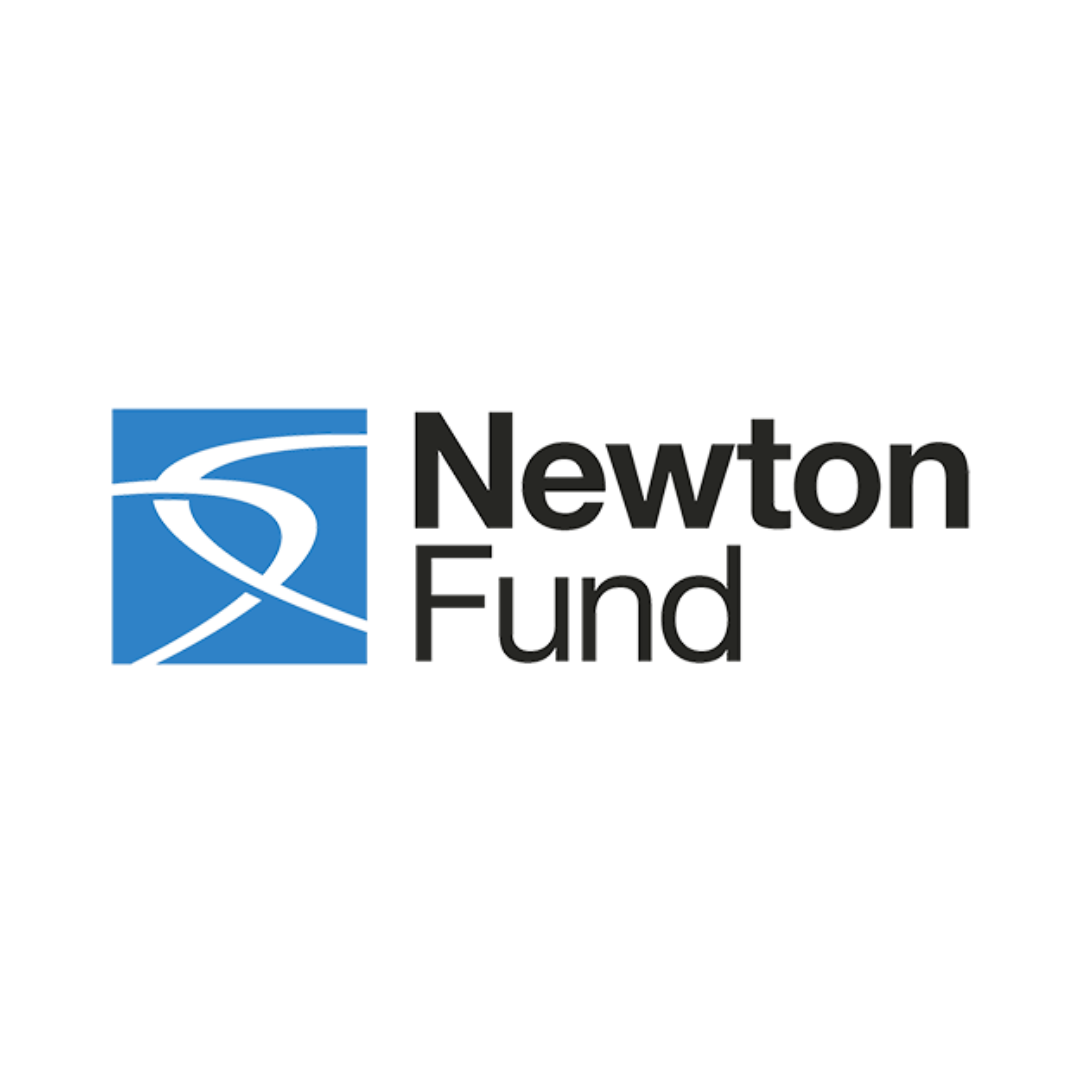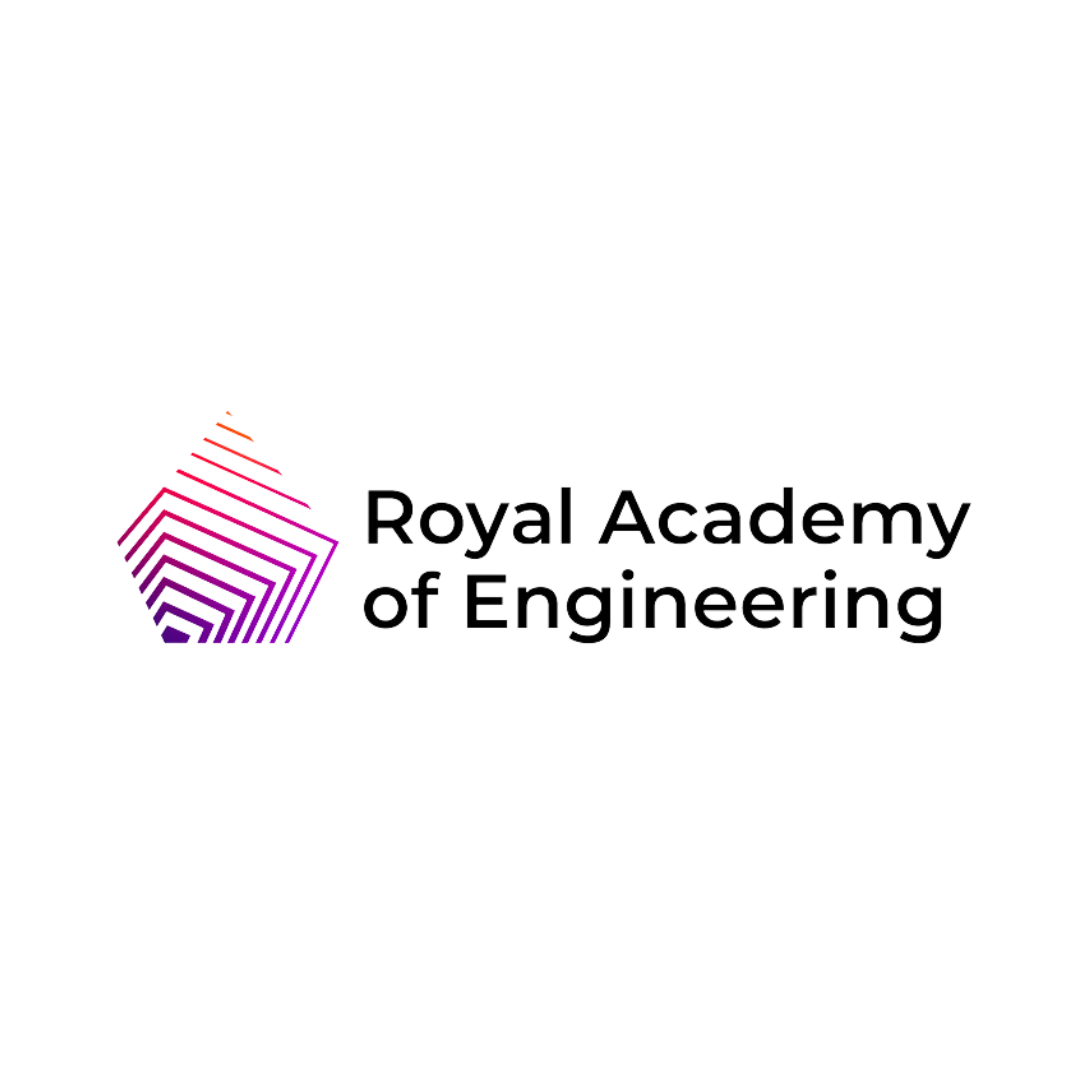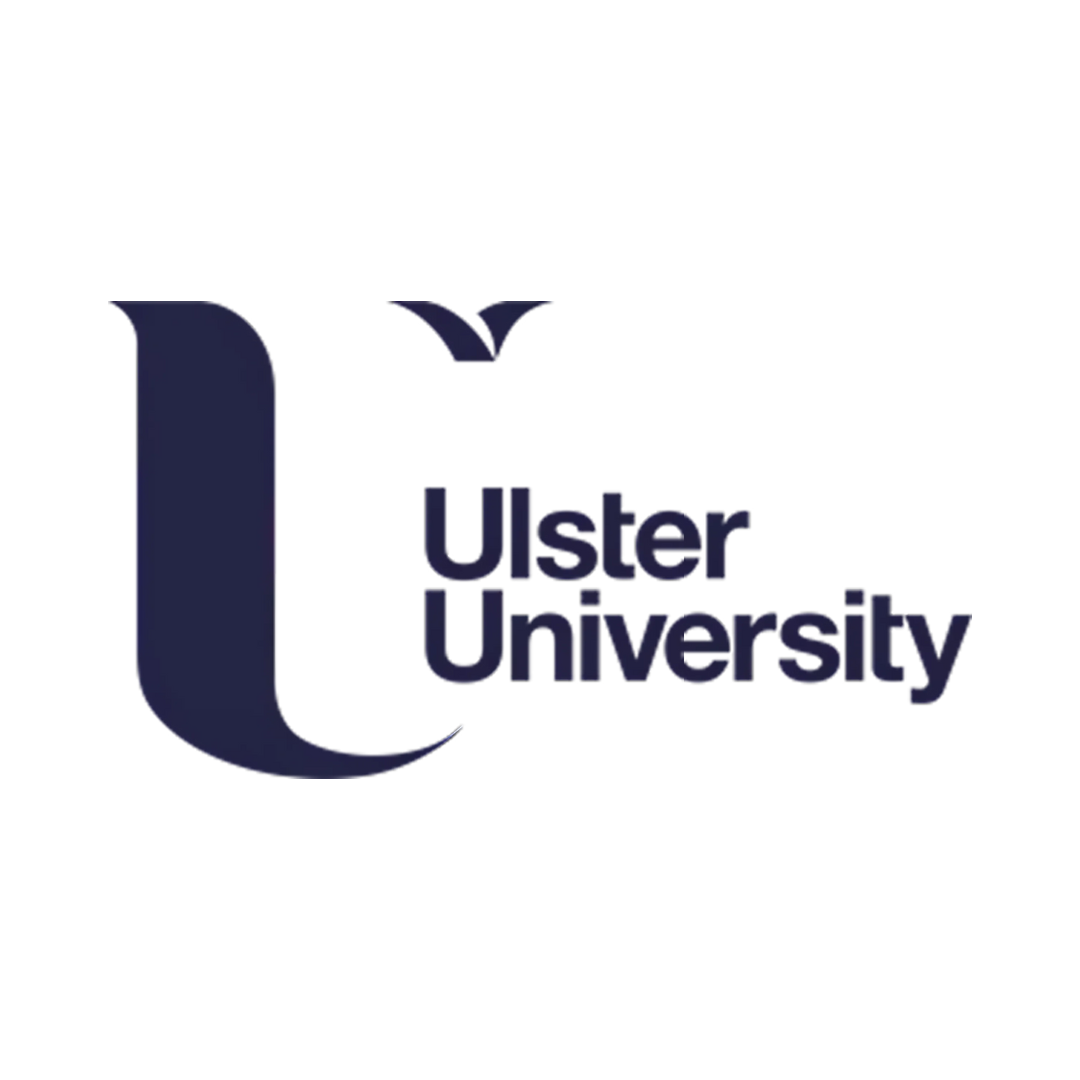
Published on August 5, 2019
Top tips and tools for effective research communication
Academic researchers spend a significant proportion of their careers speaking to specialist audiences at conferences and applying for grants. However, sometimes even the best specialists struggle to clearly and concisely explain their work to a non-specialist audience. In the second article of our three-part series about the value of effective research communication, Oxentia consultants Dr Gaelle Coullon and Dr Lauren Sosdian explore some of the common mistakes researchers encounter when communicating to a non-specialist audience and provide a few tips and techniques to improve communication skills.
The ability to communicate with a non-specialist audience about the importance of your work doesn’t just make for a great TED talk. Research communication is a valuable skill for all academics to hone. It can help convince the listener about the importance of your work, it can facilitate interdisciplinary collaborations and improve how academics work with technology transfer offices, and it can help to make PhDs and Early Career Researchers more employable. We explored the benefits of good research communication in more detail in part one of this series.
Over the years, several different approaches have been taken to help researchers and entrepreneurs from all fields hone their communication skills. Below is a selection of four tools that we use when working with researchers and entrepreneurs which can help them tackle some of the challenges of research communication.

1. Curse of knowledge.
Coined in Made to Stick1, the ‘curse of knowledge’ describes how knowing something very well means you become immune to the confusing and unique aspects of what you know. This can leave you unable to recognise when you are using technical terminology or jargon. However, at the other end of the spectrum, good research communication is not about ‘dumbing it down’. Good research communicators assume their audience is intelligent but just not equipped with the same technical expertise or language.
How can you overcome the curse of knowledge without ‘dumbing it down’? Complex ideas can be effectively communicated to any audience if the speaker can start by clearly explaining the core idea behind their research, using examples and metaphors to which we can all relate. Role-playing can help. For example, during our communication workshops, we would pair a researcher in microbiology who is preparing a marketing brief for her technology with a colleague in the department of sociology. Acting as a sounding board, this colleague would help her recognise the confusing elements of her work and identify better ways of explaining it.
2. Making it relevant.
Even if researchers recognise that they aren’t communicating their work in a way that anyone can understand, many struggle in finding an alternative approach that would work better for a non-specialist audience. At a conference or in a journal publication, researchers are typically required to focus on technical descriptions of their methods and findings. With a non-specialist audience, the focus needs to be on the bottom-line of why we should care and what effect the research may have on the wider world. As pointed by Monica Metzler, founder and executive director of the Illinois Science Council (ISC), “the key difference between a technical talk and a lay audience talk is that we don’t want to know all about it”2.
One of the techniques we use to help researchers overcome the detail focus is a Twitter pitch. Used as part of a sprint toolkit workshop, this exercise takes participants out of their comfort zone by encouraging them to zero in on why we should care about their work and explain it in 280 characters.
3. Speaking the right language.
When it comes to crafting the words used to describe their work, some researchers fail to recognise that some words, such as ‘theory’, ‘bias’ or ‘scheme’, have different meanings to different audiences. A Physics Today article3 illustrates this point in relation to climate change – where the word ‘aerosol’ could easily be misunderstood by the public as a ’spray can’ when scientists actually mean ‘tiny atmospheric particle’.
Knowing your audience goes a long way in avoiding this pitfall. Understanding your audience will help convey why others should care about the research, but also help you tailor the story that you want to tell your audience. Don’t forget, the language you use when explaining your research at a public outreach conference will be very different to that which you use when pitching to an investor for a university spinout or how you explain your long days in the lab to your partner or friends.
One of the techniques that we use to help researchers better understand their audience is the no-bell exercise, a short exercise where participants pitch their work to colleagues from other departments who ring a bell if they hear a word or phrase that they do not understand. The objective is to finish the 3-minute pitch with no bells. This exercise forces participants to recognise when they are using jargon and then correct it, with the help of their colleagues.
4. Telling a story.
Finally, really good research communicators tell a great story, one that uses clear, concise, and concrete language and examples. A brief history of the research project perhaps, the team who developed it, or how future work in this field could help improve someone’s life helps to engage your audience in the research question.
The series of short sprint exercises that we have developed as part of our training programmes are designed to help researchers craft compelling stories as well as new fun and interesting ways of talking about their research to a wide range of audiences. We explore how this works in practice in part three of our series.
How Oxentia can help
Oxentia, Oxford’s Global Innovation Consultancy, has worked with researchers in different disciplines at universities and institutions around the world for over fourteen years. Our experienced practitioner consultants work in over 70 countries for clients in governments, corporations, development agencies, and universities. This work has enabled us to develop training programmes featuring practical exercises and tool kits to help researchers better communicate their research to wider audiences, whether in STEM subjects or in the arts, humanities and social sciences.
Why do you think research communication is an important skill to develop in academia? Do researchers at your institution have access to communication training? Do you know other exercises and tips for effective research communication? Let us know in the comments on LinkedIn.
1 Chip Heath and Dan Heath (2007), “Made to Stick: Why Some Ideas Survive and Others Die”, Random House.
2 Science (2013), “Dispelling Myths About Science Communication”, https://www.sciencemag.org/careers/2013/02/dispelling-myths-about-science-communication
3 Somerville and Hassol (2011), “Communicating the science of climate change”, Physics Today 64(10), pp 48-53.





